View all Standards for California VAPA Standards (2019)
7.TH:Pr4.b Use various character objectives in a drama/theatre work.
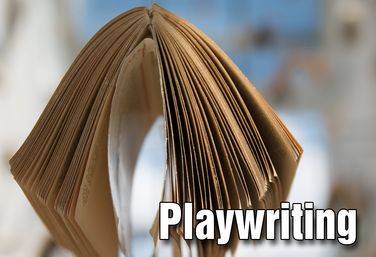
Part of the Drama One Curriculum
Playwriting
by Karen Loftus
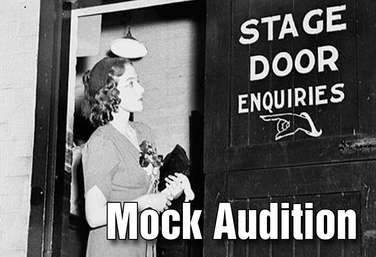
Mock Audition
by Lindsay Price
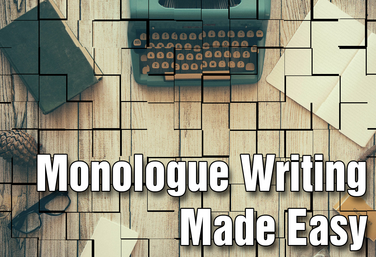
Monologue Writing Made Easy
by Matthew Banaszynski
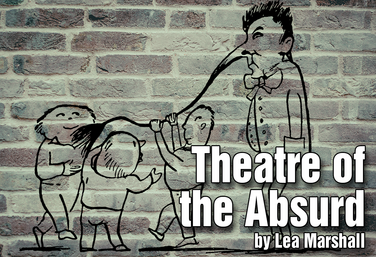
Theatre of the Absurd
by Lea Marshall
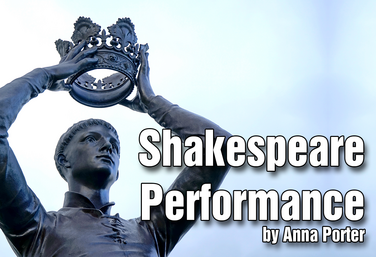
Shakespeare Performance
by Anna Porter
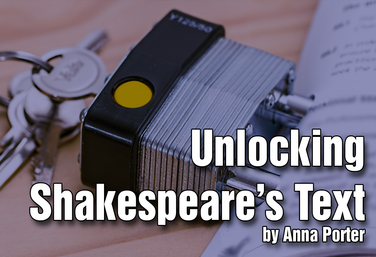
Unlocking Shakespeare's Text
by Anna Porter
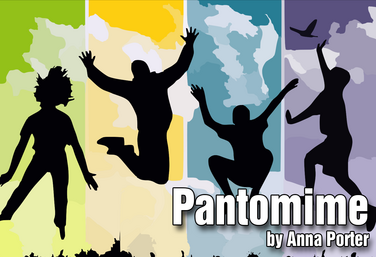
Pantomime
by Anna Porter
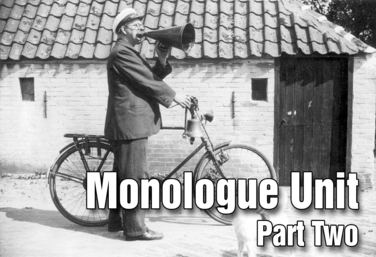
Part of the Drama Two Curriculum
Monologues - Part 2
by Matt Webster
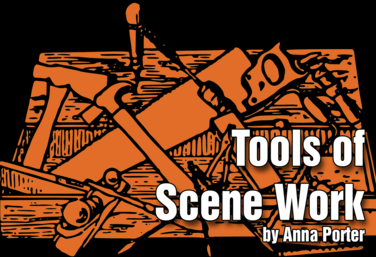
Tools of Scene Work
by Anna Porter
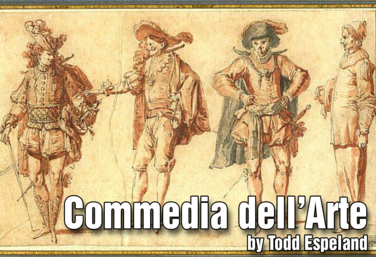
Commedia dell'Arte
by Todd Espeland
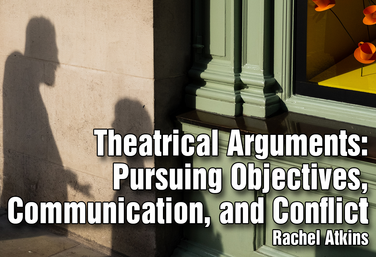.png)
Theatrical Arguments: Pursuing Objectives, Communication, and Conflict
by Rachel Atkins

The Actor in Transition: From Presentational to Three-Dimensional
by John Minigan
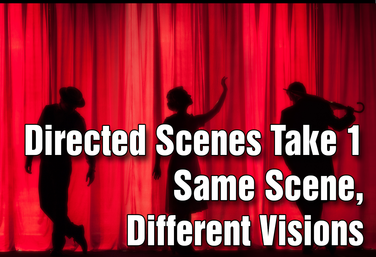
Part of the Middle School Curriculum
Unit Six: Directed Scenes Take 1: Same Scene, Different Visions
by Lindsay Johnson
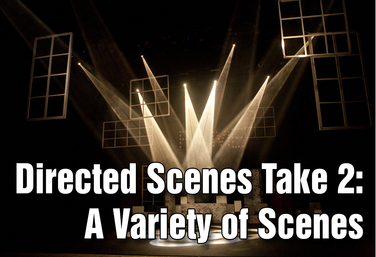
Part of the Middle School Curriculum
Unit Seven: Directed Scenes Take 2: A Variety of Scenes
by Lindsay Johnson
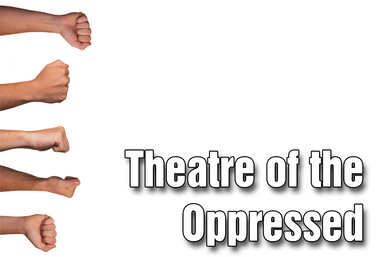
Part of the Middle School Curriculum
Unit Eight: Theatre of the Oppressed
by Lindsay Johnson
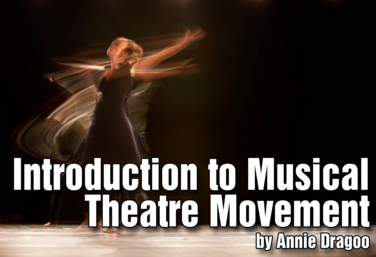
Introduction to Musical Theatre: Movement
by Annie Dragoo

Part of the Distance Learning Curriculum
Mock Audition
by Lindsay Price
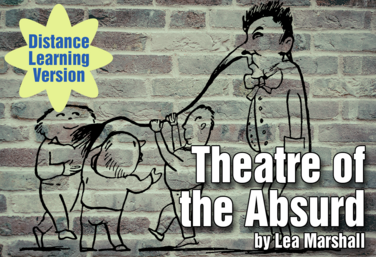.png)
Part of the Distance Learning Curriculum
Theatre of the Absurd
by Lea Marshall
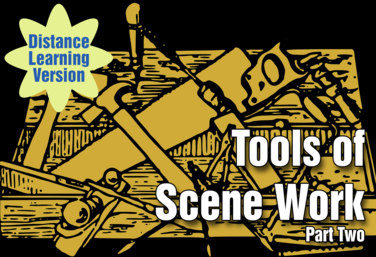
Part of the Distance Learning Curriculum
Scene Work: Part 2, Student Self Staging
by Lindsay Price
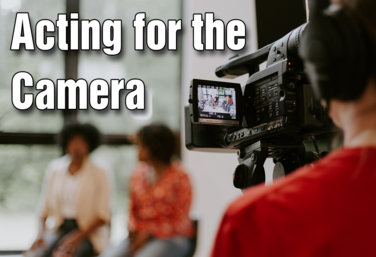
Acting for the Camera
by Ruthie Tutterow
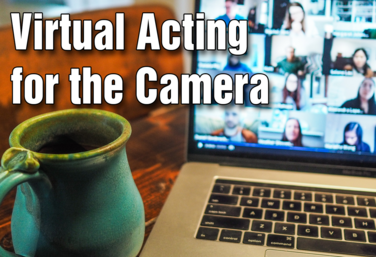
Virtual Acting for the Camera
by Ruthie Tutterow
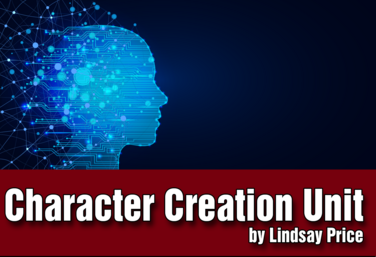
Character Creation: Superhero Series: Multi platform
by Lindsay Price and Kerry Hishon

Decolonizing Monologues
by Nicholas Pappas
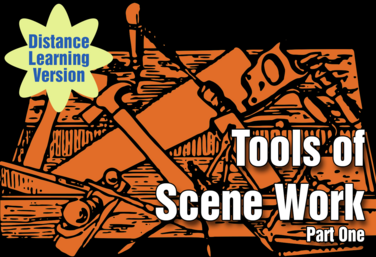
Part of the Distance Learning Curriculum
Scene Work: Part 1, Tools of Scene Work
by Lindsay Price

The Dilemma Project
by Claire Broome
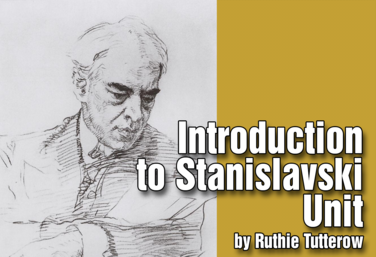
Introduction to Stanislavski
by Drama Teacher Academy
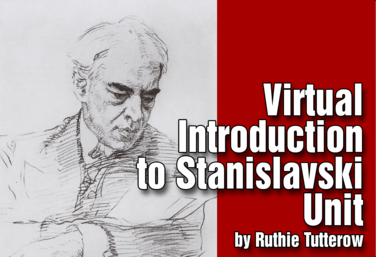
Virtual Introduction to Stanislavski
by Drama Teacher Academy
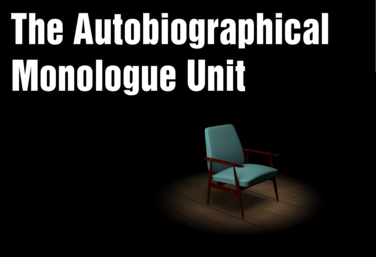
The Autobiographical Monologue
by Gai Jones
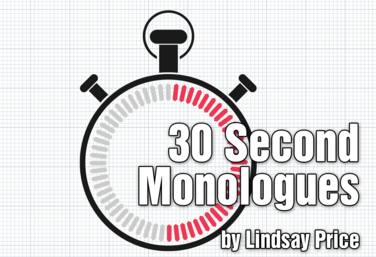
30 Second Monologues
by Lindsay Price
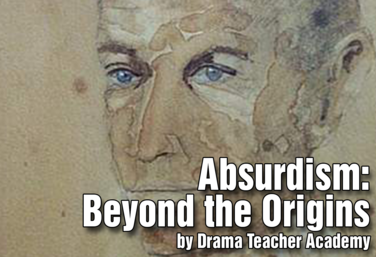
Absurdism: Beyond the Origins
by Drama Teacher Academy

Spoken Word Poetry
by Quincy Young
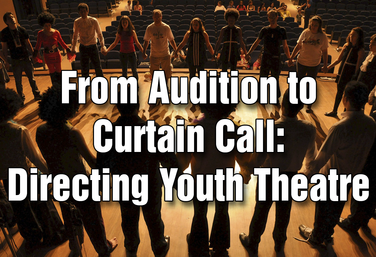
From Audition to Curtain Call: Directing Youth Theatre
by Steven Stack
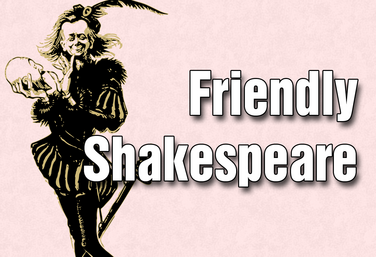
Friendly Shakespeare
by Todd Espeland

Working With Monologues For Rehearsal And Development
by Gai Jones

Laban: Advanced Characterization
by Todd Espeland
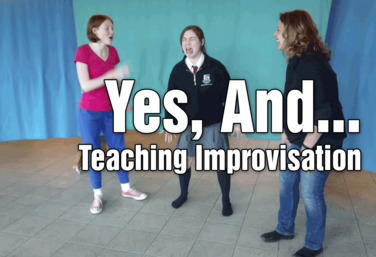
Yes, And... How to Teach Improv
by Jennine Profeta
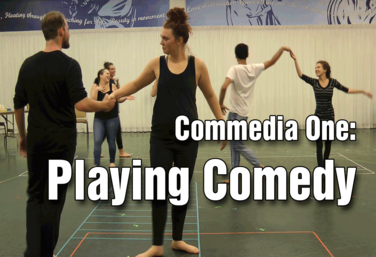
Commedia I: Playing Comedy
by Todd Espeland
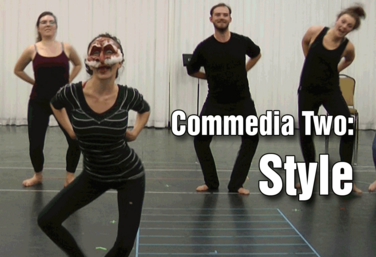
Commedia II: Style
by Todd Espeland
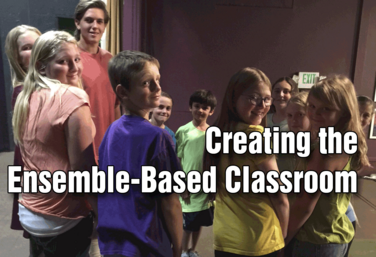
Creating the Ensemble-Based Classroom
by Gai Jones

21st Century Skills Through Devising
by Allison Williams
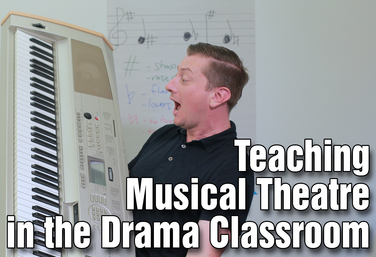
Teaching Musical Theatre in the Drama Classroom
by Colin Oliver
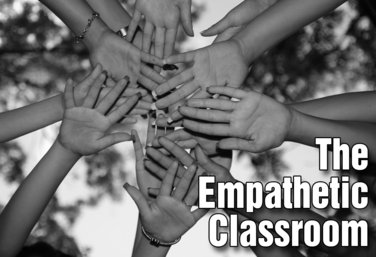
The Empathetic Classroom
by Steven Stack

Director's Toolbox 2: Teaching Students to Direct
by James Van Leishout
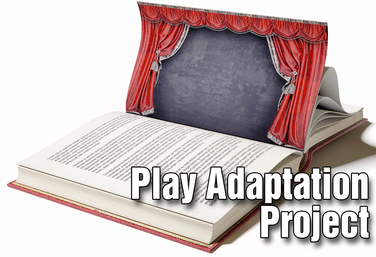
Play Adaptation Project
by Lindsay Price

The Dilemma Project
by Claire Broome
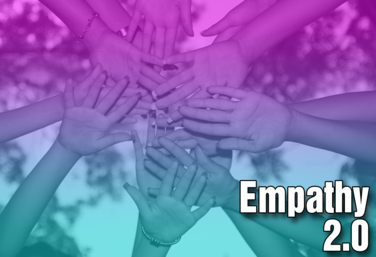
Empathy 2.0
by Steven Stack
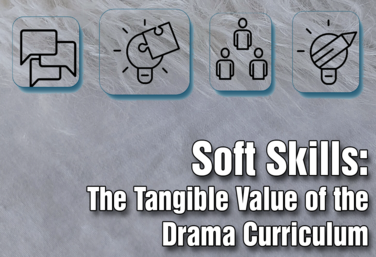
Soft Skills, The Tangible Value of the Drama Curriculum
by Matt Webster
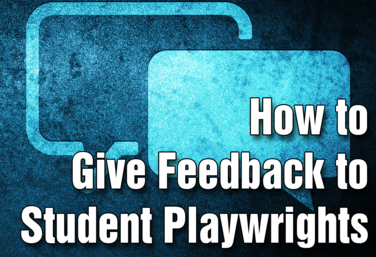
How to Give Feedback to Student Playwrights
by Nicholas Pappas
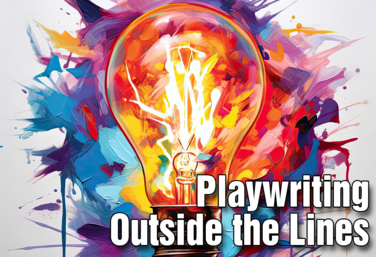
Playwriting Outside the Lines
by Steven Stack
View all Standards for California VAPA Standards (2019) Standards Master List